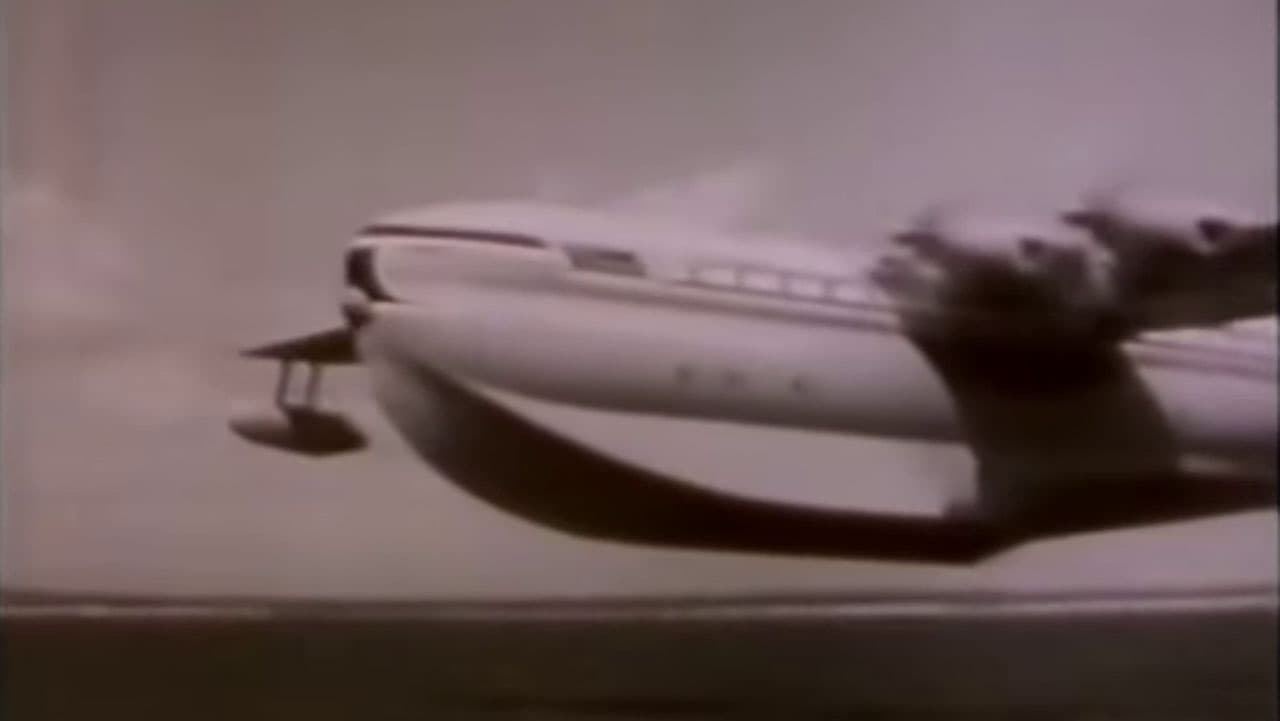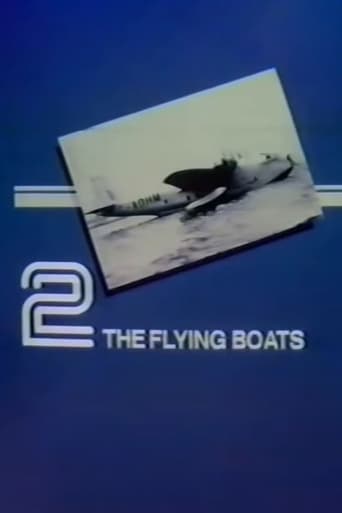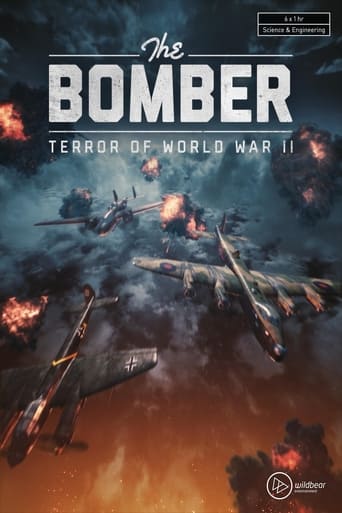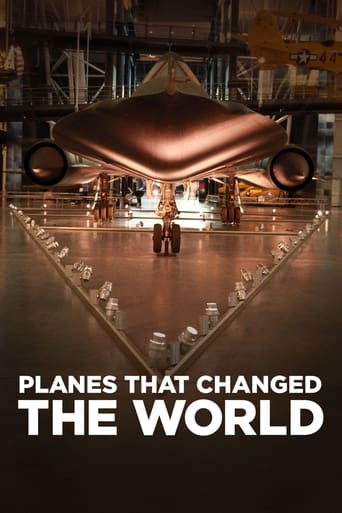The Flying Boats Season 1

The story of flying boats is one of ingenuity and enterprise; of style during the dying days of Britain's imperial grandeur; of Coastal Command's war against the U-boats and of post-war skepticism that hastened their end. For all those who flew in them the flying boats were unique and unforgettable.
Watch NowWith 30 Day Free Trial!
The Flying Boats
1980
The story of flying boats is one of ingenuity and enterprise; of style during the dying days of Britain's imperial grandeur; of Coastal Command's war against the U-boats and of post-war skepticism that hastened their end. For all those who flew in them the flying boats were unique and unforgettable.
Watch Trailer
The Flying Boats Season 1 Full Episode Guide
In the Second World War the flying boats of RAF Coastal Command played a crucial part in the war at sea. In peacetime they became part of the BOAC fleet on the re-opened Empire routes, but their civilian role was short-lived. Bigger airports and larger runways meant bigger and faster land-planes, and the flying boat was redundant. The last to be built in 1952 was the Princess, the largest aircraft in the world at the time; she lived for only one year. David Lomax concludes the story of the flying boats - a story many believe should have no ending.
In the 1930s the world was opened up for airline passengers, and the flying boat took pride of place in the development of new routes. First came the largest aircraft in the world, the 12-engined German Dornier flying boat, soon to be followed by the graceful Empire flying boats of Imperial Airways. David Lomax continues the story until 1939 when the transatlantic service was started, only to be sharply interrupted by war - when the flying boat had a new role to play.
In the first of three programs, David Lomax tells of the early days when Britain's first flying boat landed on the Solent in 1913; of First World War patrols in the North Sea; and of RAF long-distance pioneering flights to open up routes to the Empire.
Free Trial Channels
Seasons


































